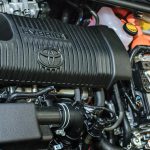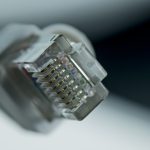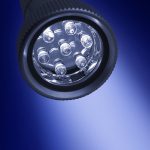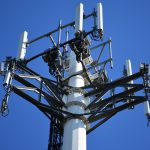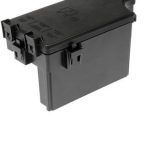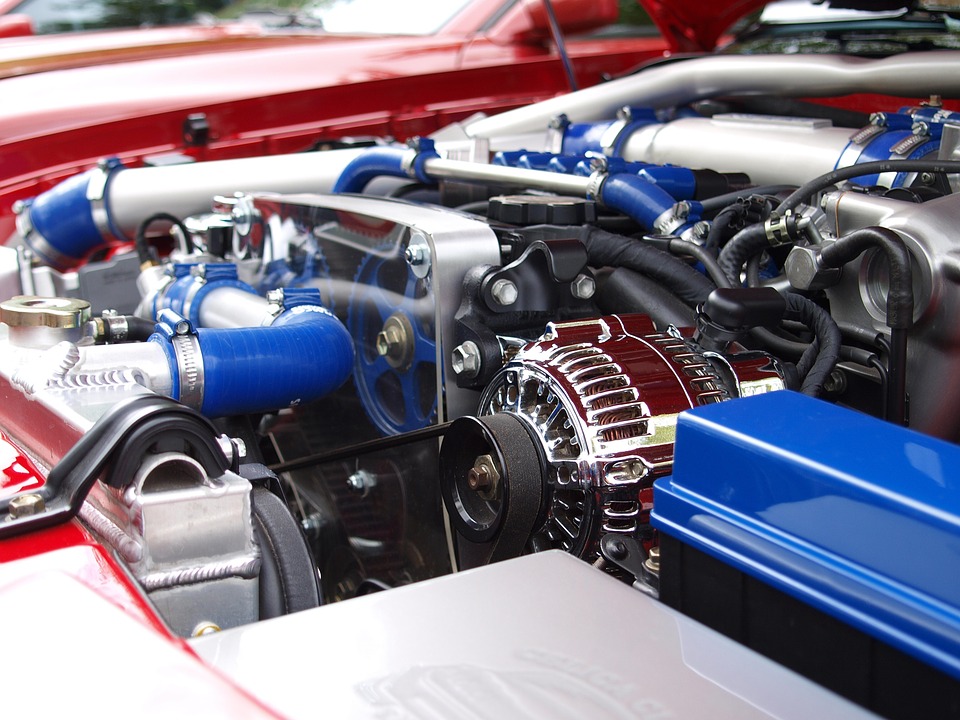
Brushless DC (BLDC) Motors
Brushless DC motors have gained rapid adoption in high-end appliances, drones, and electric vehicles. They have largely replaced their brushed counterparts. Their dominance over their brushed counterparts stems from the fact that they do not have brushes thus they are free of the many limitations brushes to pose in brushed motors. In this article, we will explore how brushless DC motors work.
How BLDC motors work
The architecture of BLDC Motors
In brushless DC motors, the rotor is made up of permanent magnets while the stator is made up of electromagnets. There is also a control circuit that is responsible for charging up the electromagnets and detecting the position of the rotor. The architecture of the hall sensors can be summarized into;
- Rotor (permanent magnet)
- Stator (Electromagnets)
- Control system
The rotor and stator
To achieve motion, the brushless DC motor works by alternating the polarity of the winding of the motor’s interior. The magnetic field generated by the coils exerts either a push or pull on the permanent magnets. The stators coils are activated one after another to keep the permanent motion thus maintaining constant rotation.
To improve efficiency, the stator can be configured in such a manner as to generate the 6 poles. This makes it energize two coils at a time. As such, one coil will attract while the other will rebel the rotor. This way we are able to achieve double attraction force.
The control circuit/ Computer
The control system is responsible for commutation. The elements of the control system include;
Motor
Electronics
The rotor position is measured using;
- Hall sensors
- Encoders (Absolute or relative)
Advantages of BLDC Motors
Brushless DC Motors are electronically commutated resulting in the following advantages;
- Simple to maintain
- Smaller in size and lighter in weight
- More durable
- Up to 90% more efficient
- Offers faster response and higher operating speeds
- Simpler speed and reverse control
- Able to self-start
- Not prone to failure resulting from brushes
Disadvantages of BLDC Motors
- Very complicated to control
- Expensive
- Requires specialized gearing in some applications






